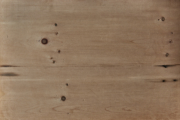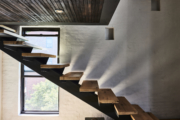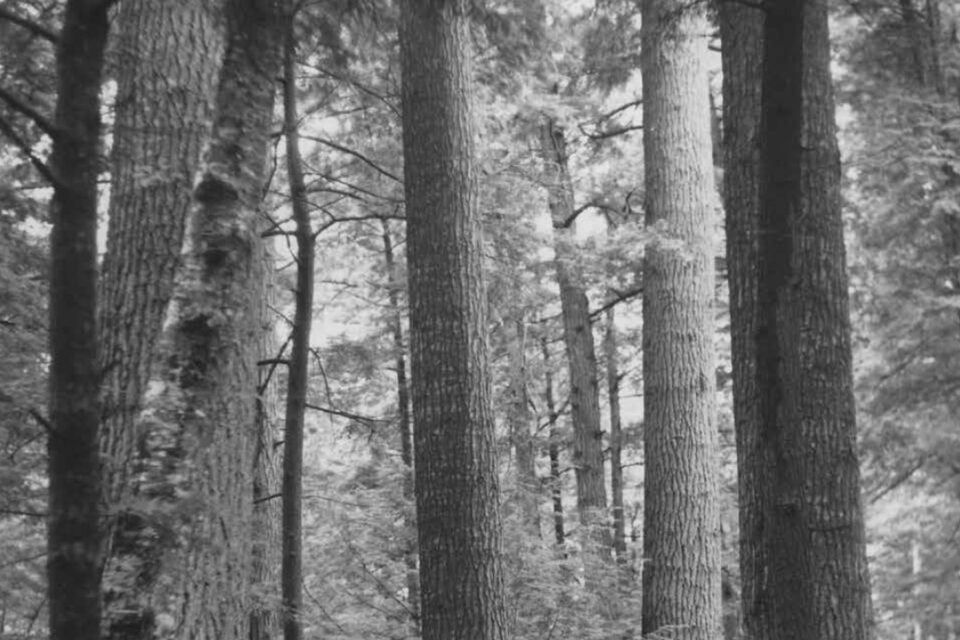Posted on in by
White pine was enormously popular in the Northeast through the Colonial era and into the mid-1800’s. Today, it’s recovered and re-sawn from the joists and timbers of typically the oldest residential and commercial structures. The planks are often cut wide and long, offering a bold and traditional feel, but as a cleanly resurfaced wood, at home in a modern setting. Consistent with its heritage, white pine remains a versatile wood that is friendly to mill; and therefore found in range of applications, including flooring, paneling, stair treads, furniture and shelving.
Application
Dimensional Lumber, Flooring, PanelingThickness
3/4 - 16/4"Widths
4"-14"Lengths
3"-16"Color and Surface
Resurfaced Eastern white pine is a consistently light brown and even toned softwood. The delicate aged quality of the woods reflect its traditional warmth, with infrequent stress cracks, nail holes and tonal variation. Occasional knots, from small to large, reflect its natural character. The wood is especially soft, and will pick up small impacts, as if recording the history of a space in it’s subtle marks, adding character and charm to the surface.
Nature and Culture
Native Americans were in awe of the white pine, calling it the “Tree of Peace” – by far the largest tree in the forest, and a site for important gatherings. Early European immigrants maintained an equal reverence, with an image of the tree featured on the first American flag. It’s massive and stable trucks were cut for ship masts; and it’s milled boards were used in everything from flooring, cabinetry and stair treads to wall cladding (exterior and interior) and furnishings of all description.
















